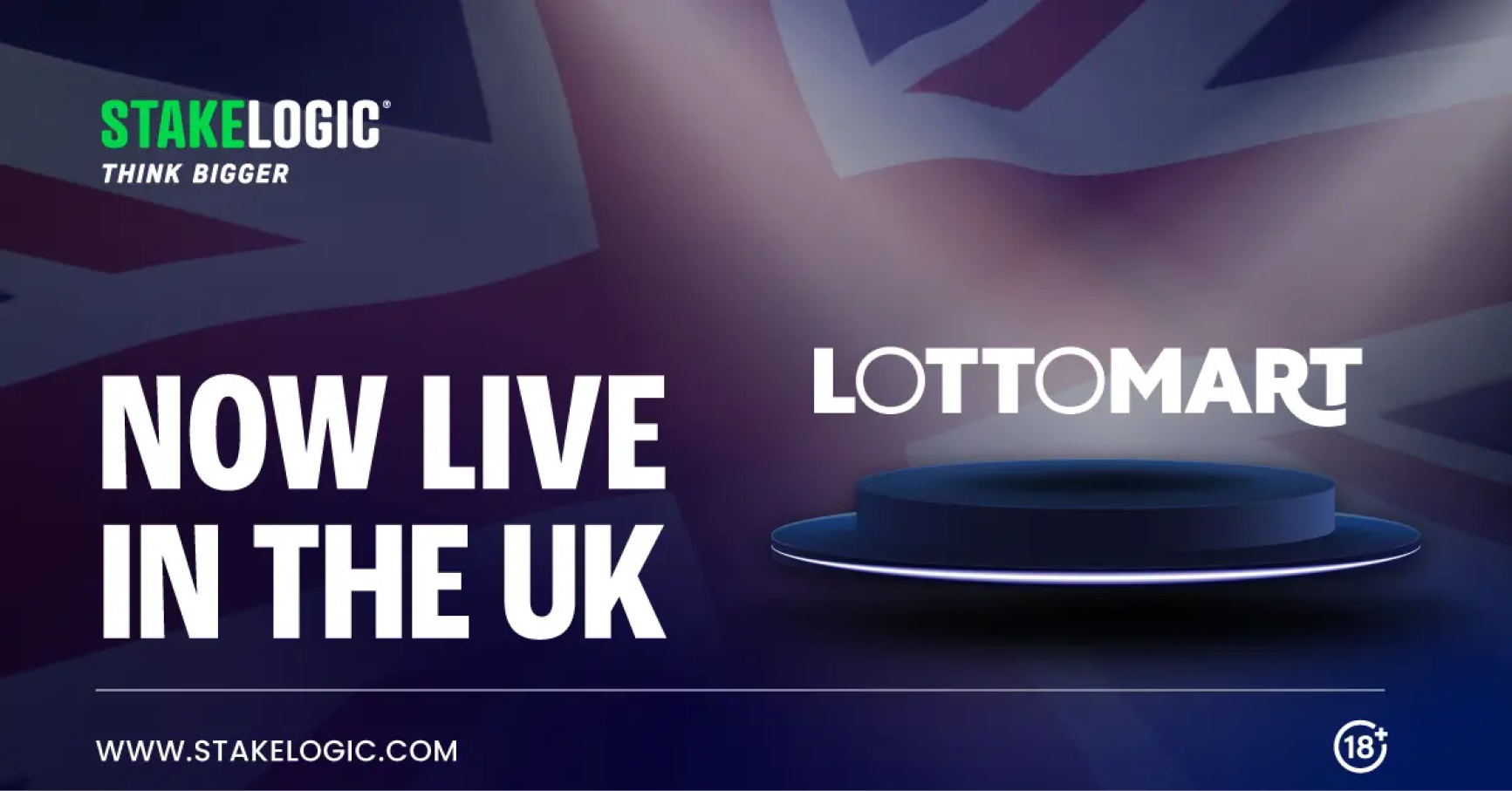Bussiness
Ford nixes Model e dealer program, letting all US retailers sell EVs

All Ford Motor Co. dealerships in the United States will be able to sell the automaker’s electric vehicles effective July 1 with its decision to sunset the voluntary Model e certification program, a reversal signifying the bumpy road toward EV adoption.
The change announced Thursday will double the number of U.S. Ford dealers eligible to sell EVs to 2,800. The initiative launched in 2022 required dealers on average to invest hundreds of thousands of dollars in training, charging stations and other equipment to support consumer education and sales and service of EVs. Dealers that didn’t make the required investments weren’t eligible to sell EVs.
The program’s introduction came amid a “COVID spike” in demand for EVs as a global microchip shortage held up production of vehicles at automakers like Ford, while EV manufacturer Tesla Inc. had a more steady supply, representing a larger percentage of the vehicle market, said Marin Gjaja, chief operating officer of Ford’s Model e EV business division. As production of internal combustion engine vehicles has ramped up again, EV sales haven’t grown as quickly as expected while customers remain wary of their price, access to charging stations and how an EV will affect their lifestyle.
“We’re getting into the tough innings,” Gjaja said in a virtual briefing. “We’re getting into the early majority customer who isn’t in it just for technology and willing to pay a premium. They want a practical, usable vehicle. They have questions. They need to really understand the value for them. And it’s just a very different sale. We need Ford and our dealers pulling together to help bring the market along.”
The certification requirements originally attracted complaints from some dealers and a few lawsuits — with mixed results nationally. Participants in the program now say they hope Ford provides compensation for the investments they made in preparation for becoming full-fledged EV dealers.
Jim Seavitt, owner of Village Ford in Dearborn, invested in two fast chargers that are waiting to be programmed and at least eight Level 2 chargers. “Given the number of EVs we have sold and will sell in the next year, it’s overkill,” he said about the infrastructure. “I thought I had to do it to sell electric. Those that didn’t do it got off the hook. They have to make that part of it right.”
Gjaja said the company will have to work through any issues that arise from retailers who’ve already made those investments.
Ford’s decision means 90% of Americans live within 20 miles of a Ford dealership that can sell and service F-150 Lightning trucks, Mustang Mach-E SUVs and E-Transit commercial vans. Deploying EV inventory to dealers that weren’t participating in the Model e program will happen over the coming weeks and months.
Ford will require its dealers to install two Level 2 charging stations by March 31, 2025, to sell EVs and have their employees participate in EV training. Gjaja says these charging stations can cost around $10,000 each with installation, though additional investment may be needed if electrical upgrades are required. They are not fast chargers, which can cost around $100,000 each.
“We want to make sure our dealers and our customers are safe and secure,” he said. “There’s some need to make sure there’s proper training both for sales consultants and for service people if they’re going to work on EVs or sell EVs.”
Gjaja expects EV sales to increase as a result of the decision. Ford EV sales are up 88% so far this year. He said that since the company rolled out the Model e dealer program, the manufacturer’s suggested retail prices of EVs have fallen 30%, automakers have coalesced around Tesla’s North American Charging Standard, and Ford has launched its new artificial intelligence-powered, interactive, video-based Ford University training platform for dealer employees.
The Dearborn automaker last month recommended that Model e dealers halt investments related to selling EVs. It had set a June 30 deadline for dealers to have invested in Level 2 EV charging stations to qualify for the certification to be able to sell EVs. The company had eased requirements in November, but Ford since has continued to announce changes to its all-electric programs, including delaying the launch of a three-row SUV by two years and cutting the second shift at its Lightning plant in Dearborn.
The automaker has delayed $12 billion in EV-related spending as a result of slowing EV sales growth. Its Model e business division expects to lose up to $5.5 billion in 2024.
In December 2022, Ford said two-thirds of dealers had signed up for the EV charging program. That’s fallen to half.
Moving in response to market conditions, dealer feedback, supply chains and infrastructure delays, the automaker in November said for dealers to be “certified” in the EV program, they had to have two Level 2 chargers, down from five, by the end of next month. To be “certified elite,” the standard fell to three instead of five and a requirement for a “Level 3” fast charger for 2026 was removed. The company also reduced employee training requirements.
Ford originally had estimated the cost of the certified elite program at $1.2 million for its retailers, but on average the investment was closer to $600,000, Gjaja said. For certified dealers, the investment, on average, was $450,000.
Dave Wilson is chairman of the Ford National Dealer Council and the Presto Automotive Group, with eight Ford dealerships in Delaware, Maryland and Virginia — seven of which were enrolled in the certified elite program and the eighth was on the certified track. He said he is “optimistic” Ford will “do the right thing” with respect to dealers who have made those investments.
The council has been advocating for a streamlined approach where all dealers could be involved. The cost of entry was too high for many retailers, especially with EV demand increasing slower than expected. He anticipates the take rate under the new requirements to be high.
“It’s all about the customer experience,” Wilson said. “If a customer sees a Ford Blue Oval sign in front of the building and pulls in, and they say, ‘We don’t sell Model e,’ it’s confusing for the customer. The more they’re prevalent, the more of a good experience not only for sales, but also for service.”
At the end of the day, though, it’s better for the brand and its retailers that no matter if a vehicle is a gas, diesel, hybrid or electric vehicle, a customer can go to any shop with the Blue Oval and get what they need, said Tim Hovik, chair of the dealer council’s Model e Subcommittee and owner of San Tan Ford in Gilbert, Arizona, outside Phoenix.
He invested in three fast chargers for the certified elite program, selling 40 EVs a year, which he categorized as the most outside of California: “I made my investment a little sooner than I would’ve, but I would have gotten to this spot. The EV business is going to grow. The industry doesn’t have a choice.”
Environment and highway regulators under the Biden administration have issued ambitious targets to reduce tailpipe emissions and improve fuel economy standards. Oil and gas groups on Thursday sued the U.S. Environmental Protection Agency over its targets for model years 2027 to 2032, calling them an “intrusive government mandate.”
There are times when limiting models or experiences to certain retailers can work, said Erin Keating, executive analyst at vehicle information services firm Cox Automotive Inc. She noted her former experience with performance sub-brand Audi Sport and how its niche offerings would appeal only to a specific audience. Meanwhile, Ford is a mass-market brand, and regulations are pushing car owners into vehicles that produce fewer emissions.
“Every dealer is going have to be an alternative powertrain dealership,” Keating said. “Demand is slowing just a bit, so they may need time to build up the product portfolio. It’s a 100% reasonable request to say, ‘We’re going to dial back what we’re requiring you to have.'”
Although more fast chargers are needed to ease range anxiety in consumers, going to the dealership isn’t necessarily the most intuitive option for EV drivers to seek, so reducing that requirement shouldn’t be a detriment to adoption, Keating said. Entrepreneurial dealers, though, may see it as another opportunity to interact with customers.
“You’re reducing the perception that electric is a luxury,” Keating said. “They’re becoming closer to parity with ICE cars. You’ve got to be democratizing the way you have access for the consumer.”
The rollback of Ford’s Model e program comes after executives completed a “Dealer Engagement Tour,” hearing from more than 1,000 dealers over 11 meetings across the country.
“There’s always a learning curve with the new technology, and introducing EVs in a simple, hassle-free way,” Gjaja said, “helps remove any of the perceived barriers, whether it’s for our dealers or customers and the concerns that they have.”
bnoble@detroitnews.com
@BreanaCNoble










